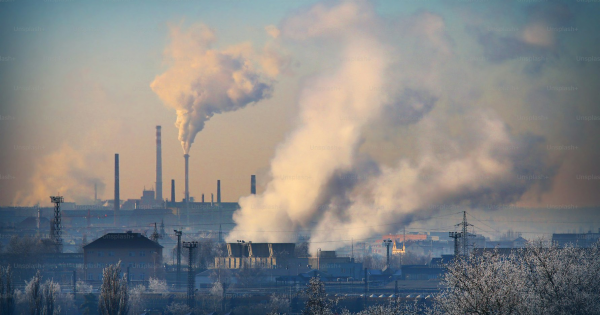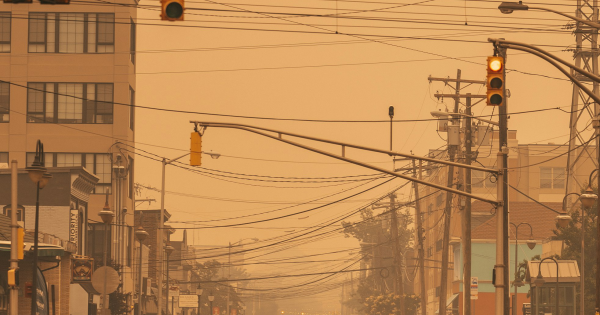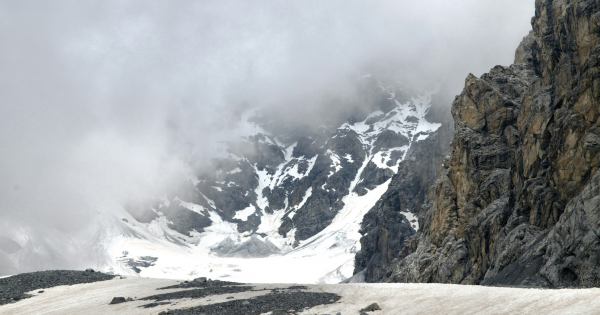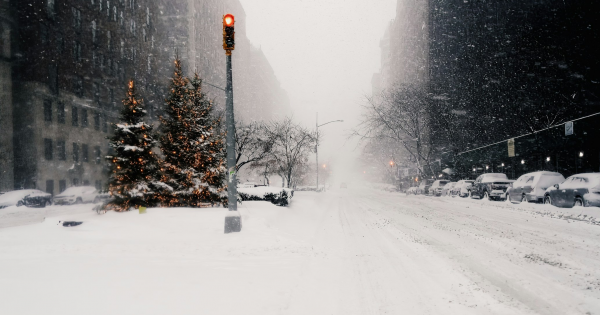Avalanche Warning
An Avalanche Warning is a critical alert issued by weather authorities indicating a high likelihood of avalanches in a specific area. This alert is crucial for ensuring the safety of individuals in mountainous regions.
See the current LIVE alerts.

Understanding Avalanche Warnings
An Avalanche Warning is issued by meteorological and avalanche forecasting organizations when conditions are ripe for avalanches in mountainous areas. This means that there is a significant risk of natural or human-triggered avalanches. Such warnings are vital for residents, travelers, and outdoor enthusiasts to take necessary precautions and avoid potentially dangerous zones.
When is an Avalanche Warning Issued?
Avalanche Warnings are typically issued during or after significant snowstorms, rapid temperature changes, or when snowpack conditions become unstable due to factors such as wind or rain. These warnings are based on careful analysis of weather conditions, snowpack stability, and terrain features. They are intended to alert the public about the heightened risk of avalanches to prevent accidents and fatalities.
How to Prepare for an Avalanche Warning
If you are in an area under an Avalanche Warning, it is crucial to take immediate action to ensure your safety:
- Stay Informed: Regularly check the latest weather updates and avalanche forecasts from credible sources.
- Avoid Risky Areas: Refrain from traveling to or participating in activities in avalanche-prone zones, especially steep slopes and areas with heavy snow accumulation.
- Emergency Kit: Ensure you have an emergency kit ready, including items like a shovel, probe, avalanche beacon, and first-aid supplies.
- Communicate Plans: Inform someone about your travel plans and expected return time if you must travel in or near the warned area.
- Attend Safety Courses: Consider attending avalanche safety courses to better understand the risks and how to respond effectively in case of an avalanche.
Remember, the key to safety during an Avalanche Warning is awareness and preparedness. By understanding the risks and taking appropriate precautions, you can help ensure your safety and the safety of those around you.






